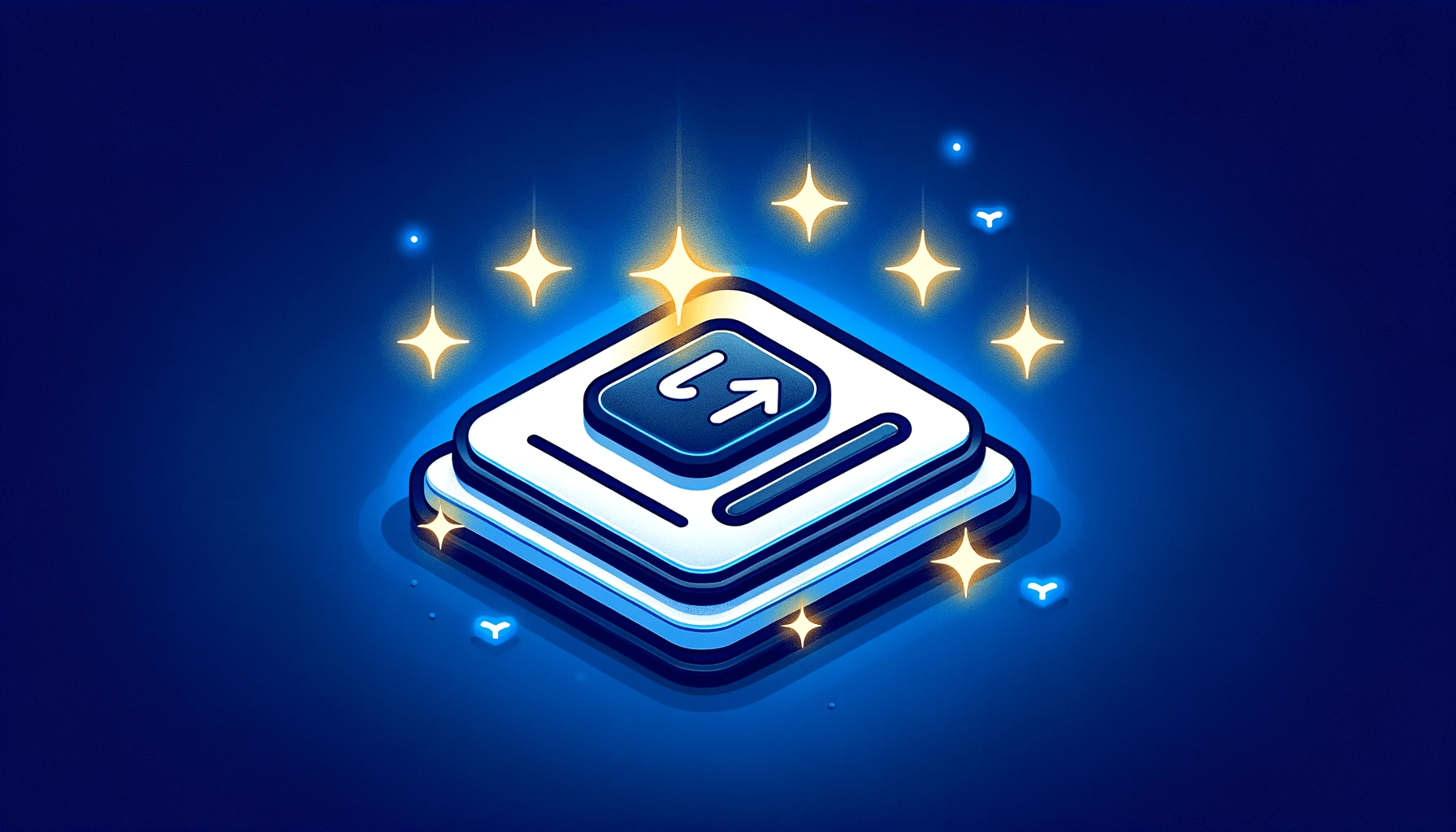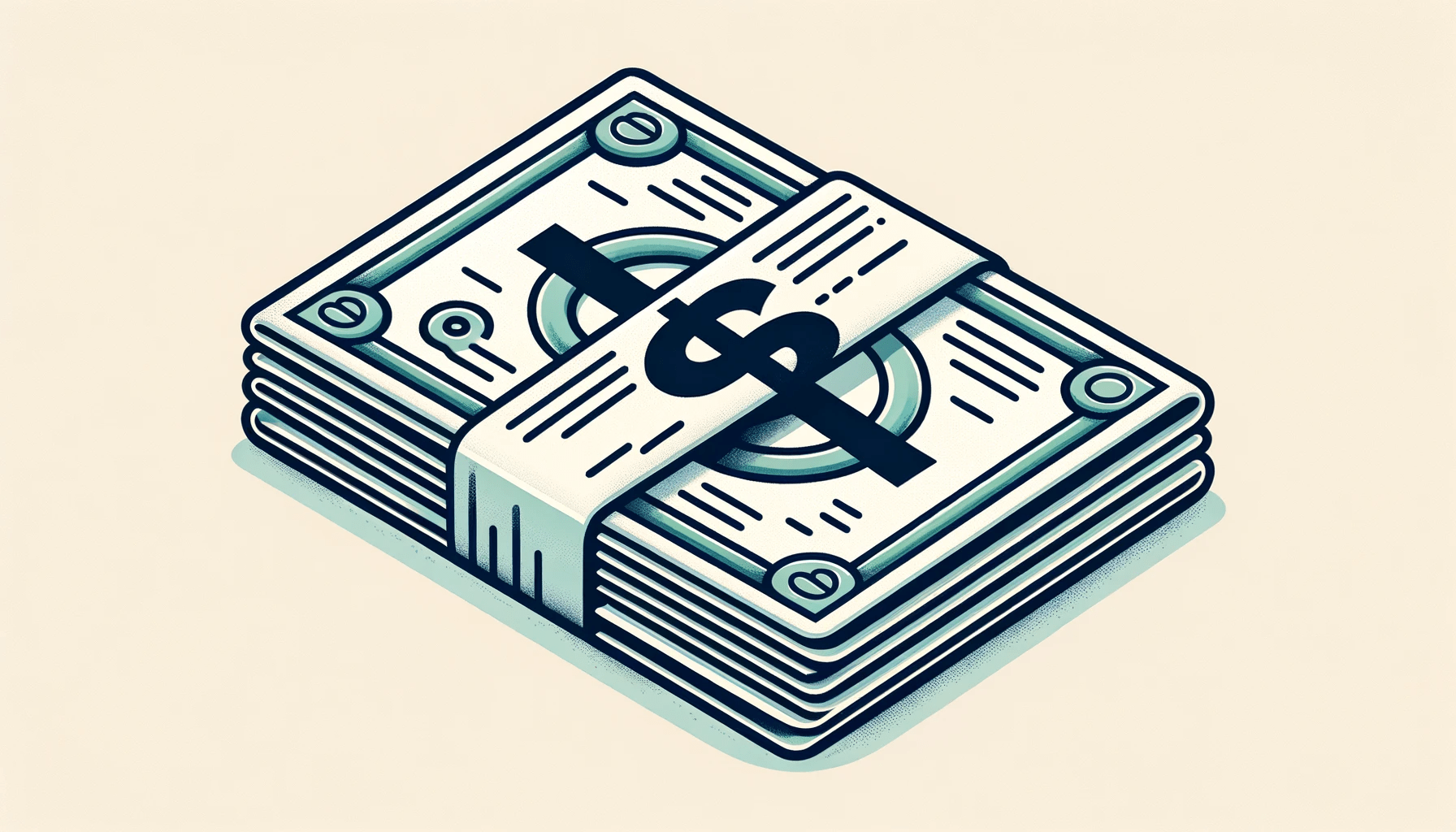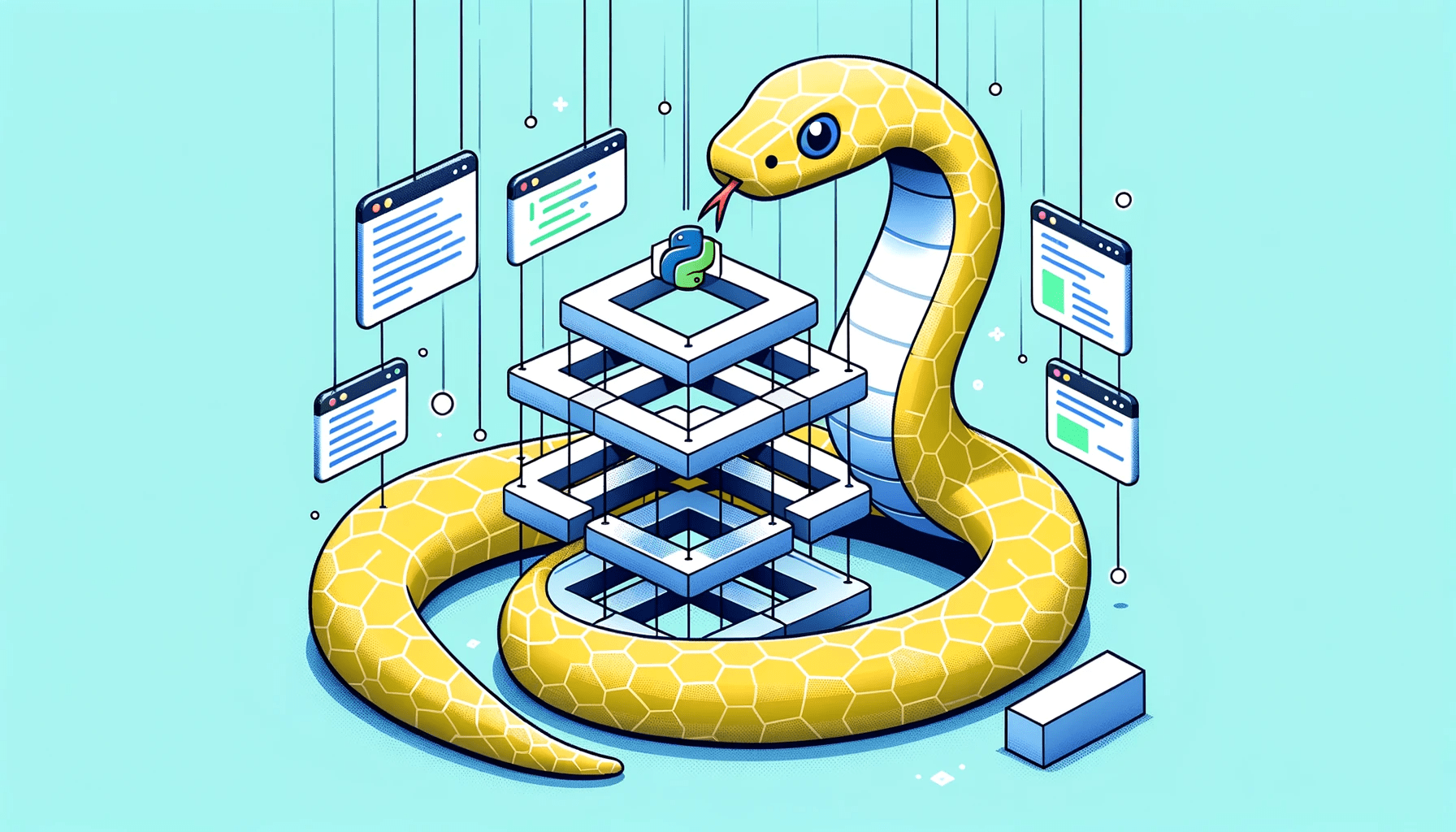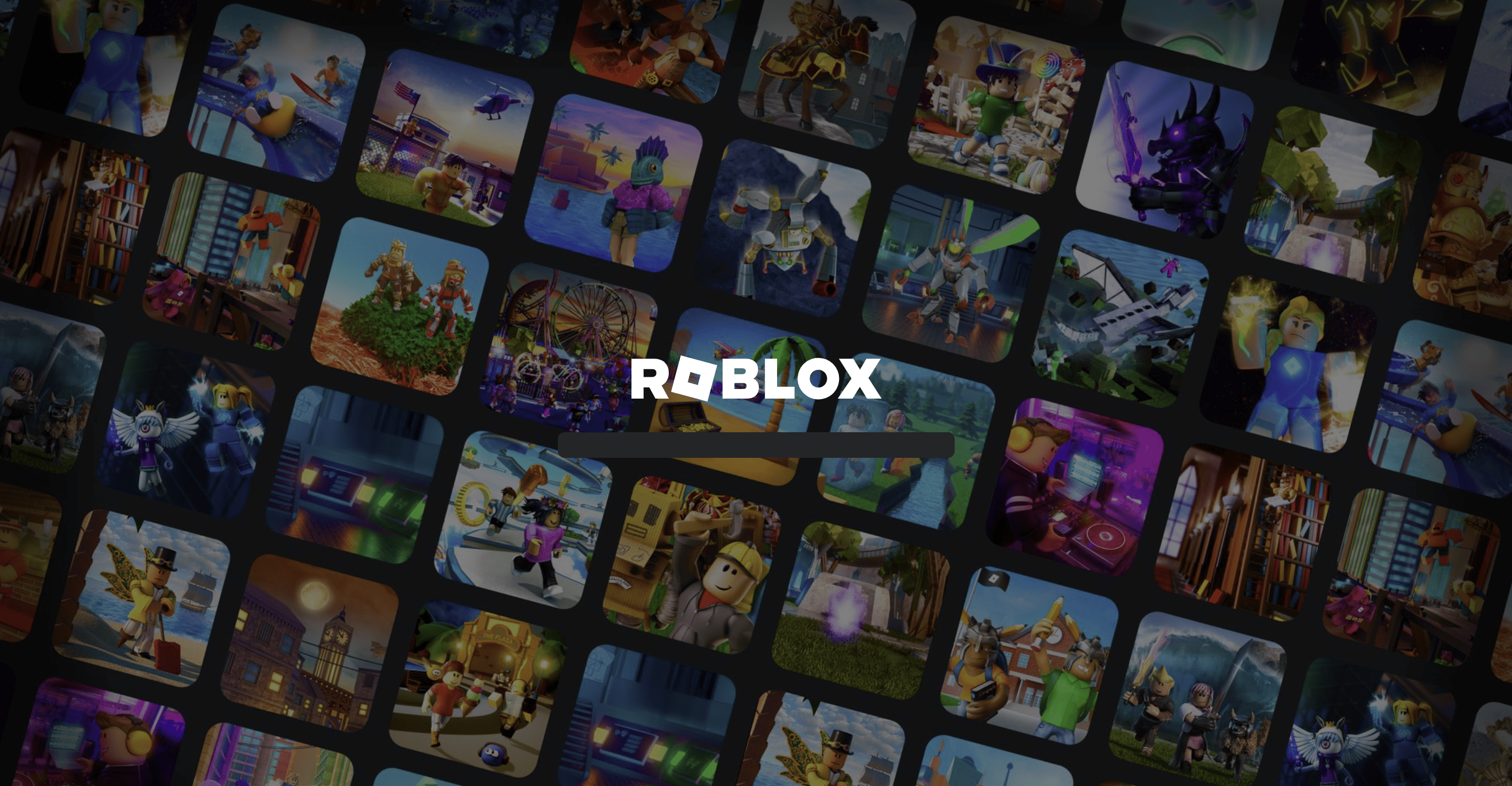How to Become a Web Designer & Build a Successful Career: Unlock Your Potential
Table of Contents
Dive into the captivating world of web design where creativity meets technology. This in-depth guide will navigate you through every necessary step and insight to cultivate a prosperous career in web design. Let’s first unfold the roadmap that leads to becoming a skilled web designer.
How to Become a Web Designer (Quick Answer):
Embarking on a new career path is always exhilarating, but knowing exactly where to start can sometimes be a bit overwhelming. Here, we’ve devised a step-by-step roadmap to ease your journey into the web designing world. Let’s get started!
- Research and Understand the Industry
- Acquire the Essential Skills
- Build a Robust Portfolio
- Network and Connect with the Community
- Master the Art of Self-Promotion
- Keep Learning and Stay Updated
Note: This blueprint will guide you through the nuances and intricacies that are a part of becoming a successful web designer. Now, let us delve deeper into each of these steps.
Step 1: Research and Understand the Industry
Before immersing yourself in the world of web design, it’s prudent to have a clear understanding of the industry’s landscape. In this section, we’ll explore the core aspects of the web design industry, from market demands to potential career paths.
The Dynamics of the Web Design Market
- Current trends and demands
- Key players in the industry
- Opportunities and challenges
Exploring these dynamics will give you a clear picture of what to expect as you step into your role as a web designer.
Potential Career Paths
- Freelancer
- Agency Employee
- Corporate Web Designer
- Startup Enthusiast
Each career path offers unique opportunities and experiences. Choose one that aligns with your personal and professional aspirations.
Step 2: Acquire the Essential Skills
As you set forth in your journey to become a web designer, equipping yourself with the requisite skills is of paramount importance. This segment breaks down the vital skills you need to foster to build a prosperous career.
Technical Skills
Familiarize yourself with the technical know-how that forms the backbone of web designing. Here are some technical aspects you should focus on:
- HTML & CSS: The building blocks of web design
- JavaScript: To add interactive elements to the websites
- Responsive Design: Ensuring the website looks great on all devices
- SEO Basics: Understanding how to optimize your site for search engines
- Content Management Systems: Get to grips with platforms like WordPress
Remember, being proficient in these technical skills will form a strong foundation for your career.
Design Skills
Developing an eye for design is essential. Focus on honing these design-oriented skills:
- Graphic Design: Mastering tools like Photoshop and Illustrator
- User Experience (UX) Design: Understanding the needs and preferences of the users
- User Interface (UI) Design: Creating aesthetically pleasing and intuitive interfaces
- Color Theory: Learning how to use colors effectively
- Typography: Gaining knowledge on how to use fonts effectively
Cultivating a sense of design will aid you in creating websites that are not only functional but also visually appealing.
Soft Skills
Aside from technical and design expertise, soft skills play a pivotal role in your career growth. Focus on building these:
- Communication: Being able to effectively convey your ideas and feedback
- Problem-solving: Developing the ability to find solutions to complex issues
- Time Management: Learning to manage your tasks and time efficiently
- Adaptability: Being open to learning and adapting to new trends and technologies
- Client Management: Understanding how to manage client expectations and build relationships
Cultivating these soft skills will aid you in navigating through your career with professionalism and efficacy.
Step 3: Build a Robust Portfolio
As you step into the field with newly acquired skills, a portfolio acts as your business card, showcasing your talents and achievements to potential employers or clients. In this section, we delve into how to create a portfolio that stands out.
Choosing the Right Projects
Picking the right projects for your portfolio is vital. Here are a few tips on how to go about it:
- Include a variety of work that showcases your versatility
- Highlight projects where you made a significant impact
- Showcase any collaborative works, indicating your role in the project
Remember, the quality of the projects in your portfolio often takes precedence over quantity.
Presenting Your Work Effectively
How you present your work can be as significant as the work itself. Consider the following while setting up your portfolio:
- Create detailed case studies for each project
- Use high-quality images and visuals
- Provide context and background for each project
- Include testimonials or references if possible
A well-presented portfolio can capture the attention of prospective employers and clients, increasing your chances of landing lucrative opportunities.
Online and Offline Portfolio
In this digital age, having an online portfolio is almost a necessity. However, maintaining an offline version can also be beneficial. Here’s why:
- An online portfolio showcases your web design skills in a real-world setting
- An offline portfolio can be a handy tool during face-to-face meetings and interviews
Combining an online and offline portfolio approach can give you a competitive edge in the market.
Step 4: Network and Connect with the Community
Bridging the gap between learning and thriving in the web design community often lies in the connections you cultivate. Here, we focus on how networking can serve as a ladder to climb up the success rungs in your web designing career.
Finding the Right Communities
Surrounding yourself with like-minded individuals can not only foster learning but can also open up opportunities. Here are some platforms and places where you can connect with fellow designers:
- Online Forums and Communities: Websites like Stack Overflow and Reddit have vibrant web design communities.
- Social Media Groups: Platforms like LinkedIn and Facebook host numerous groups where designers from across the globe collaborate.
- Meetups and Workshops: Attend local or virtual meetups and workshops to build connections and learn from experts.
Seeking out the right communities can be a stepping stone to building valuable connections in the industry.
Collaborating on Projects
Collaborating on projects not only enhances your skill set but also broadens your network. Here’s how you can go about it:
- Open Source Projects: Contribute to open-source projects to build a network while enhancing your portfolio.
- Freelance Projects: Collaborate with other designers on freelance platforms to work on diverse projects and build connections.
- Hackathons: Participate in hackathons to work on intensive projects and meet like-minded individuals.
Collaboration can be a powerful tool, enabling you to learn, grow, and network simultaneously.
Sharing Your Knowledge
Sharing what you know with the community can help establish your presence and credibility. Here’s how you can share your knowledge:
- Blog: Start a blog where you share insights and tutorials on web design.
- Webinars and Workshops: Host or participate in webinars and workshops to share your expertise.
- Social Media: Share your knowledge through social media platforms, offering tips and insights to followers.
Sharing knowledge not only helps others but also reinforces your understanding and establishes you as an authority in your field.
Step 5: Master the Art of Self-Promotion
In a domain brimming with talent, standing out from the crowd requires adeptness at promoting oneself. In this section, we explore different avenues to effectively market your skills and make a prominent mark in the industry.
Developing a Unique Brand
Personal branding can be a game-changer. Consider these strategies to build a distinctive brand:
- Logo and Visual Identity: Create a recognizable logo and maintain a consistent visual identity across all platforms.
- Value Proposition: Clearly articulate what sets you apart from others in your niche.
- Storytelling: Weave a compelling narrative around your journey and expertise.
Remember, a unique brand can help carve out a niche and draw clients and opportunities your way.
Utilizing Social Media Strategically
Leveraging social media can amplify your reach and establish your presence in the industry. Here’s how:
- Content Strategy: Develop a content strategy that showcases your expertise and insights in web design.
- Engagement: Engage with your audience through regular updates, responding to comments, and sharing valuable content.
- Collaborations: Collaborate with influencers and other designers to expand your reach.
Being active and strategic on social media platforms can pave the way for a myriad of opportunities.
Seeking Testimonials and References
Positive testimonials and references can act as trust signals for potential clients. Consider these points:
- Client Testimonials: Request satisfied clients to leave testimonials which can be displayed on your portfolio and social media platforms.
- Peer References: Seek references from peers who can vouch for your skills and professionalism.
- Case Studies: Create case studies of successful projects which outline your role and the positive outcomes achieved.
Utilizing testimonials and references effectively can bolster your reputation and trustworthiness in the industry.
Step 6: Engage in Continual Learning and Development
In the dynamic world of web design, staying ahead involves embracing a culture of continuous learning and development. This segment unveils strategies to keep evolving and growing in your career path.
Keeping Up with Industry Trends
The web design landscape is ever-changing. Here are ways to stay abreast with the latest developments:
- Follow Industry Blogs: Subscribe to renowned industry blogs to get insights and updates.
- Podcasts and Webinars: Listen to podcasts and attend webinars to gather knowledge from industry experts.
- Conferences and Seminars: Participate in industry conferences and seminars to network and learn from peers.
Staying updated will help you adapt to the changing demands and expectations of the industry.
Enhancing Your Skill Set
To stay relevant, continually work on enhancing your skill set. Here are some approaches to consider:
- Online Courses: Enroll in online courses to learn new tools and techniques.
- Workshops and Bootcamps: Attend workshops and bootcamps to acquire hands-on experience.
- Certifications: Pursue certifications that add value to your profile and attest to your expertise.
Investing in your skill development can pave the way for new opportunities and career growth.
Mentorship and Peer Learning
Learning through mentorship and peer interactions can provide a different perspective and depth of understanding. Consider these methods:
- Mentorship: Seek mentorship from industry veterans to gain insights and guidance.
- Community Participation: Engage actively in communities to learn from peers and share your knowledge.
- Collaborative Projects: Participate in collaborative projects to learn new approaches and perspectives.
Engaging in mentorship and peer learning can foster personal growth and widen your horizons in the web design field.
Step 7: Strategies for Financial Planning and Stability
In the winding road to a successful career in web design, financial stability stands as a pivotal milestone. This section unfolds the strategies you can employ to ensure financial security while growing in your profession.
Setting Realistic Financial Goals
The financial journey begins with setting achievable goals. Here’s how you can go about it:
- Short-Term Goals: Identify and set attainable financial goals for the near future, such as saving for a new tool or course.
- Long-Term Goals: Develop a vision for long-term financial stability, encompassing aspects like retirement savings and investments.
Setting realistic goals will keep you focused and motivated in your financial journey.
Managing Finances Wisely
Effective management of finances is key to achieving stability. Consider these strategies:
- Budgeting: Create a budget to monitor your income and expenses meticulously.
- Emergency Fund: Build an emergency fund to cover unforeseen circumstances without hampering your financial stability.
- Investments: Explore investment avenues to grow your savings over time.
Managing your finances wisely can set the foundation for a secure and prosperous future.
Seeking Professional Advice
Sometimes, consulting with a financial advisor can guide you in making informed decisions. Here’s why it can be beneficial:
- Investment Strategies: Gain insights into investment strategies that align with your financial goals.
- Tax Planning: Get assistance in planning your taxes efficiently to save money.
Seeking professional advice can prevent missteps and help navigate the complex world of financial planning with ease.
FAQ Section
As we navigate towards the conclusion of our extensive guide, let’s take a moment to address some common queries that budding web designers might have.
What Educational Background is Necessary to Become a Web Designer?
Traditionally, having a background in graphic design or computer science could give you a head-start. However, the field has become incredibly accessible, and now individuals from various educational backgrounds can transition into web design. The key is to acquire the necessary skills through courses, bootcamps, or self-study.
How Can I Build a Portfolio with No Experience?
Building a portfolio from scratch may seem daunting, but here’s a feasible approach:
- Personal Projects: Create mock websites or redesign existing ones to showcase your skills.
- Freelance Projects: Take up small freelance projects to build a portfolio while gaining experience.
- Contribute to Open-Source Projects: Engage in open-source projects where your contributions can be showcased in your portfolio.
- Blog or Vlog: Share your learning journey, tips, and tutorials through blogs or vlogs, which can be a part of your portfolio.
What Are Some Essential Skills for a Web Designer?
Apart from mastering web design tools and languages such as HTML, CSS, and JavaScript, a web designer should focus on:
- UX/UI Design: Understanding the principles of user experience and user interface design.
- Graphic Design: Developing skills in graphic design to create visually appealing websites.
- SEO: Learning the basics of SEO to build websites that rank well on search engines.
- Communication: Honing communication skills to effectively interact with clients and team members.
Conclusion
As we come to the close of this insightful guide, it’s clear that building a successful career in web design is a meticulous yet rewarding journey. Each step, from garnering essential skills to establishing a financial foothold, brings you closer to becoming an industry stalwart.
Remember, the web design landscape is ever-changing and demands both creativity and adaptability. Stay abreast of the latest trends, never cease to learn, and keep honing your craft. As you forge ahead, may your passion and dedication shape a vibrant and successful career in web design. Here’s to a journey filled with learning, growth, and numerous accomplishments in the world of web design!
Oliver is a Contributing Editor with plenty of experience in proofreading, editing, and writing. He delivers in-depth guides, reviews, and articles about all aspects of the web hosting industry. In his spare time, Oliver enjoys spending time with his family, playing guitar and read science fiction.






